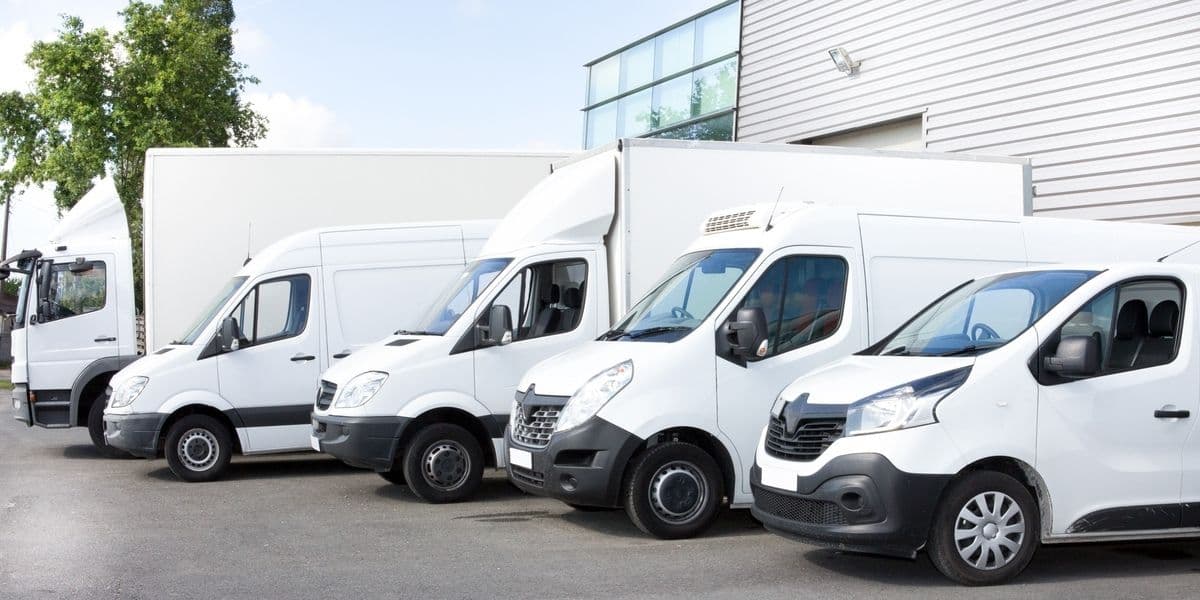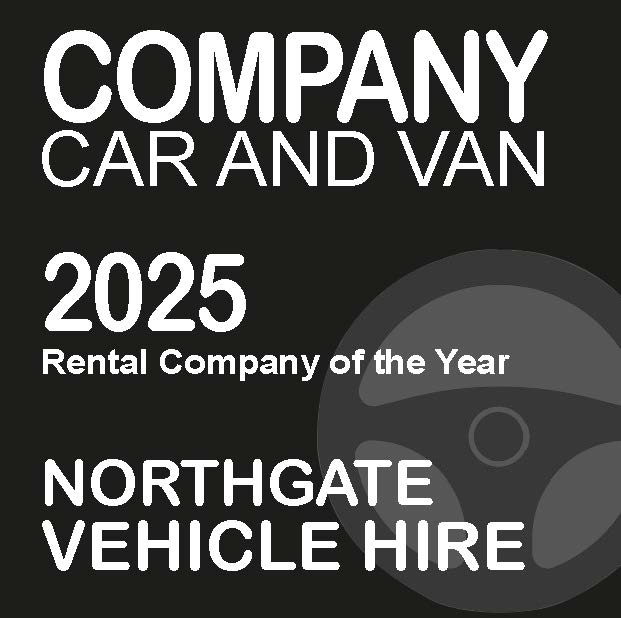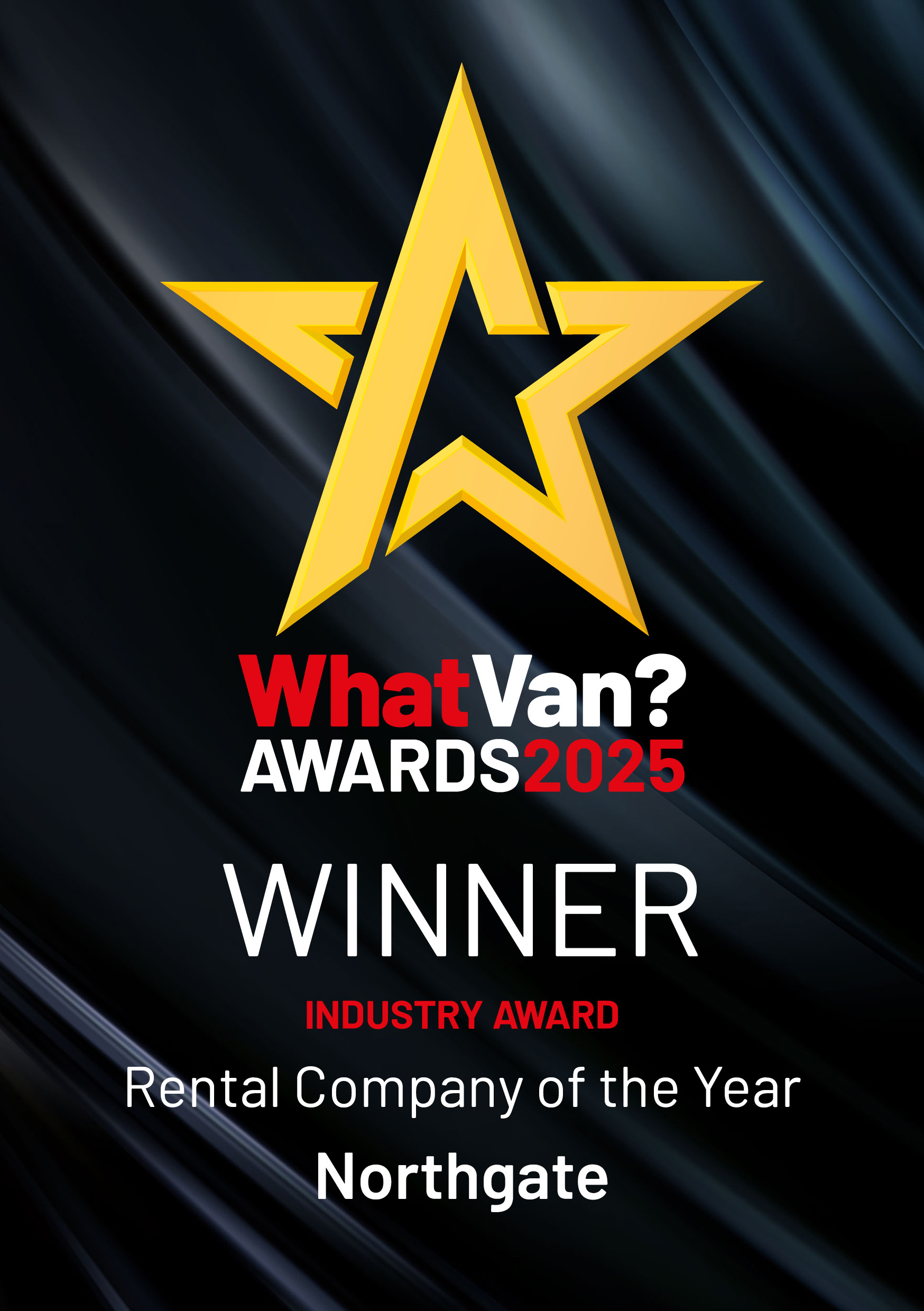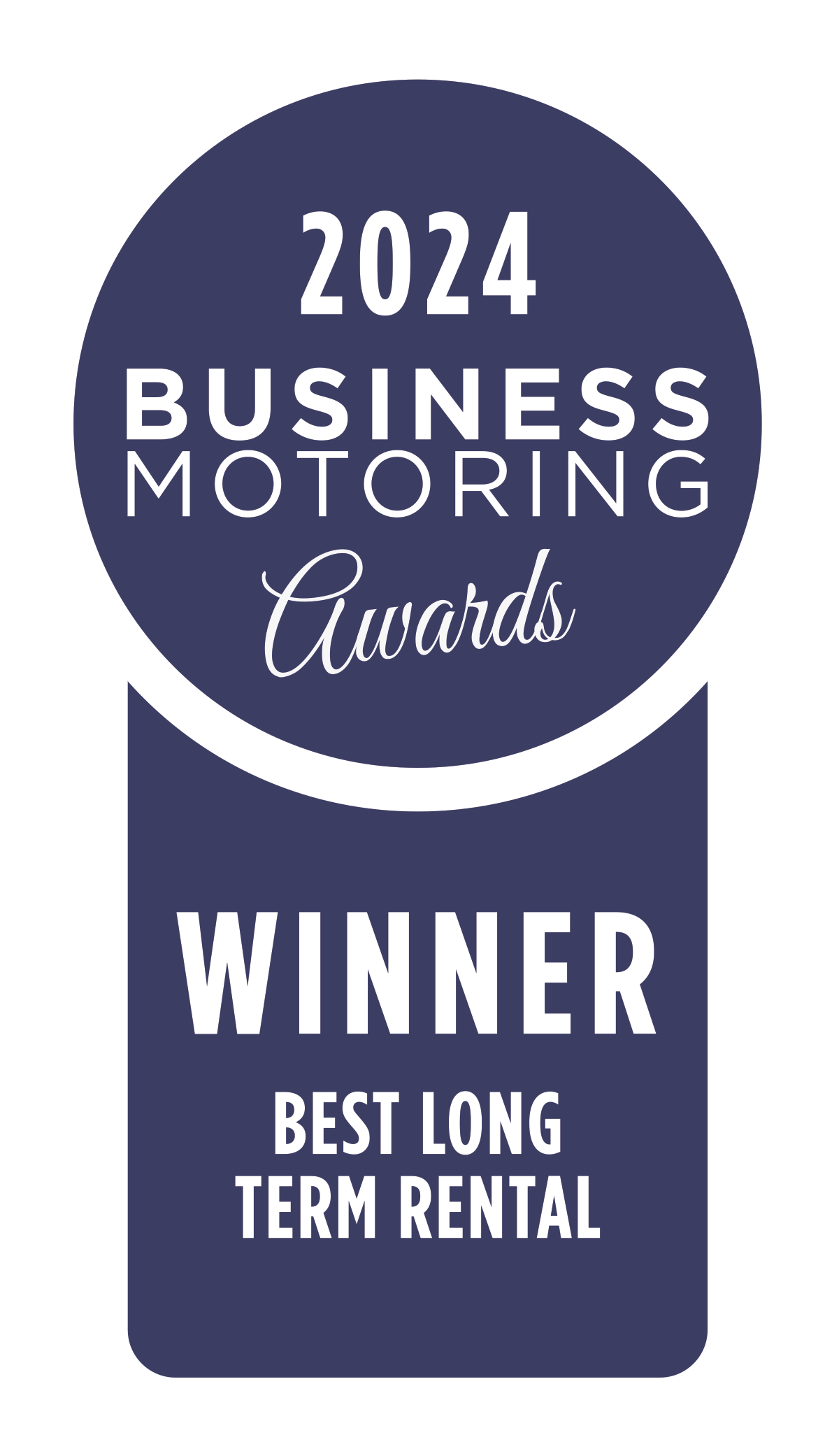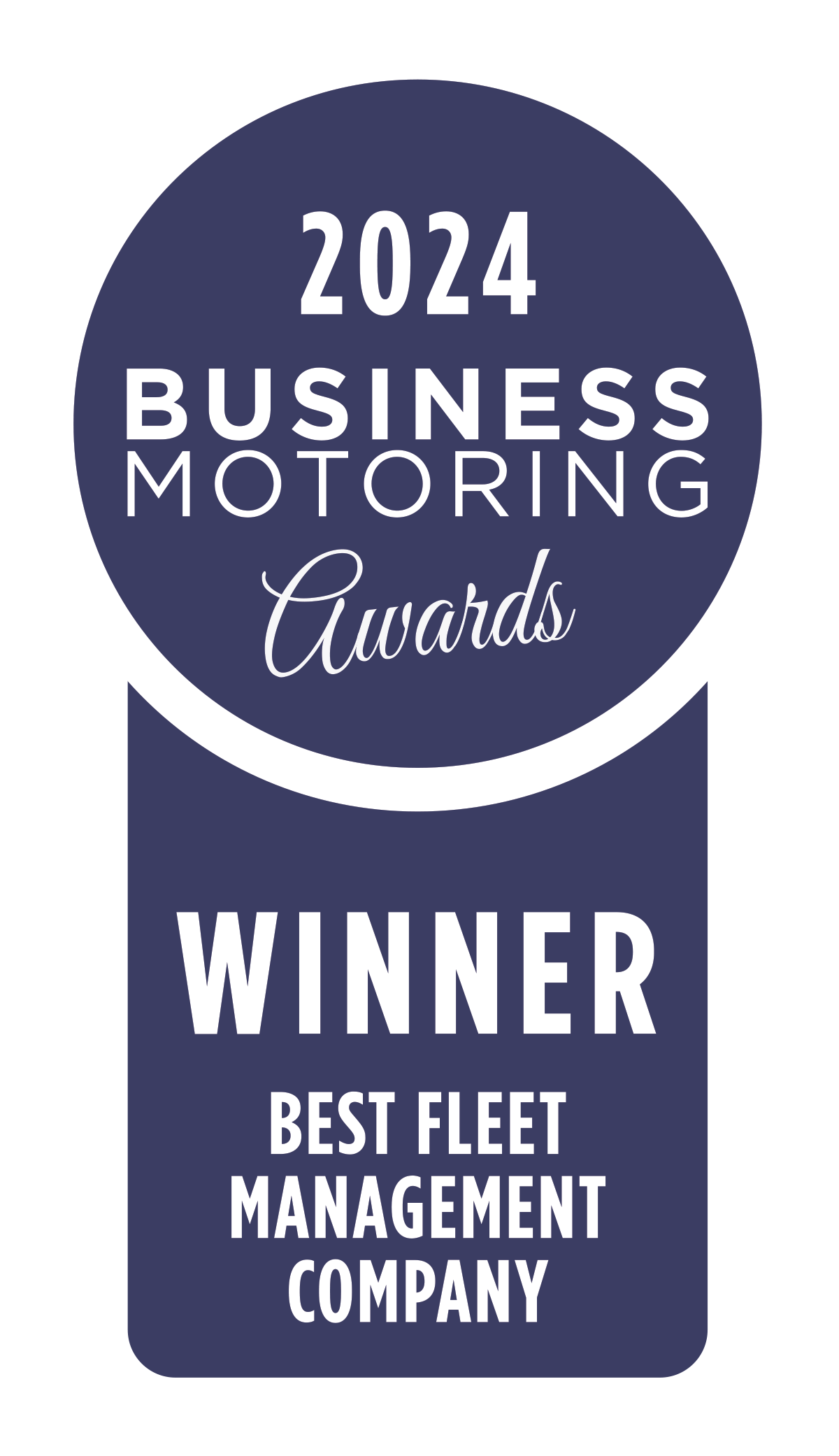Use this guide to choose the right vehicle for your business and its needs
![]() 18/12/2018
18/12/2018![]() 12 minutes read
12 minutes read
Vans that are not reliable, needed or used are an unnecessary cost to your business. This guide will help you navigate through the jargon, ask the right questions from your supplier, and choose the right van for your business.
Vehicle usage
Starting with a plan on what you will use the vehicle for could save you time and money. The van you need is all about choosing the right tool for the job. Your annual mileage, job requirements, number of passengers, drivers, type of load, and parking situation are all factors to consider.
The drivers and number of passengers
Whether you’ll be using the vehicle or someone else, keep the driver and passengers in mind.
- Size of the cab area - Some cab areas in vans will simply be too small for large or tall drivers. It can also be worth checking the size of the leg room and seat clearance, if you intend to make use of these areas for your day to day storage needs.
- Extras – is there anything that could make day-to-day jobs more efficient? E.g. The inclusion of a Sat Nav for couriers.
- Number of seats – If your vans will be used by a team, you might need to consider a van with more seats, like a crew van.
The load
Too big and you’re paying to transport air, too small and you risk having to take multiple trips, overloading, or needing a different vehicle entirely.
When it comes to load, there are several things to consider:
The heavier the load, the bigger the engine required
Generally, a higher engine size number will be more powerful. For example, a 2.0 litres (L) engine will be more powerful than 1.6L.
The size and shape of the load space
- Load length and width will help you decide whether any large objects you intend to transport will fit. Don’t forget to factor in the potential for wheel arches!
- Load Volume is how much you can transport if every bit of space was filled.
- Payload is the legal maximum weight the vehicle can carry in addition to its kerb weight (the weight of a van if it was empty). Passengers, cargo, and fuel all contribute to the maximum payload amount.
Ease of loading or unloading
- Right choice for the job - For example, if the van is parked at the side of the road, side-loading doors could be safer and more convenient.
- Safety of cargo/tools/equipment - If tools or expensive cargo will be left in the van, you will need an enclosed load space. Contrastingly, if you’re transporting building or garden material, a drop side or tipper could be more suitable.
Bulkhead
This is the wall between the cab area and back of the van. The items you’re loading will help you decide which type of bulkhead to go for. As an example, heavy or sharp cargo might call for a steel bulkhead to protect drivers and passengers.
The law
Information on correctly loading your van is provided by the DVSA.
Fuel - The choice between diesel or petrol
Diesel is not necessarily better than petrol and vice versa. Your choice should be influenced by your needs. We list some of the significant pros and cons below.
Diesel
- Pros:
- Can be more fuel efficient (with high mileage) – better for long journeys and driving on the motorway.
- Increased torque from engines.
- Cons:
- May require more maintenance.
- More expensive per litre of fuel.
Petrol
- Pros:
- Built-up areas with a lot of stopping and starting
- More efficient for short journeys
- Cheaper per litre of fuel
- Cons:
- Less fuel efficient over long distances.
The gov.uk website provides a handy tool for checking fuel consumption and emissions figures for vans. Check out our previous post on how to keep your fuel costs low.
Euro 6/VI and ULEZ compliance
Euro 6 is an EU directive that is trying to reduce harmful pollution from vehicles. Nitrogen oxide (NOx), carbon monoxide (CO), and particulate matter (PM) have all been identified as harmful pollutants.
Any vehicles that fail to meet the emissions standards may be subject to charges. The emissions standards for diesel are slightly different to petrol. We have broken this down in the table below:
|
Fuel Type |
CO |
NOx |
PM |
|
Diesel |
0.50 |
0.180 |
0.005 |
|
Petrol |
1.0 |
0.070 |
0.005 |
The new ULEZ zone starts in central London on 8th April 2019. Any LCVs that are not Euro6 compliant will be liable for a charge of £12.50 per day (in addition to the Congestion Charge).
Bonus fact on charges
Recent research showed that 1 in 4 fleets are unaware of the planned clean air zone charges. Euro 6/VI compliant vehicles are exempt from these planned charges, as well as some of the already existing ones from certain low emission zones. Read more in this article by Commercial Fleet.
Price
The cost of your van goes beyond the ticket price. Maintenance, high fuel usage, downtime, depreciation and disposing of your vehicle adds up. The ‘true cost’ of your van depends on your needs. Use these questions to identify opportunities to make savings and to avoid surprise costs as much as possible:
- Will you be making long journeys? A difference of just 10 MPG can mean paying up to £1000 a year extra on fuel – every 10,000 miles! Find more details on this in our recent article on renting vs buying.
- How much do you rely on your vans? Whether you risk fines or disappointing customers, broken down vans cost £500 a day on average (based on a survey conducted by the RAC).
- Do you require or need to own a brand-new van? The price of most vehicles depreciates the moment it leaves the dealership. The AA calculates depreciation to be at around 20% a year.
- What will you do when it’s time to upgrade or get rid of your vehicle? Selling or disposing of your vehicle can come with its own costs. You can help reduce your losses by thinking of a vehicle’s popularity and potential resale value.
- How much can you put aside to maintain your vehicle? Older vehicles may be cheaper, but they often require more maintenance. Vehicles older than 3 years old require a yearly MOT, and then there’s the worry of potentially needing expensive replacement parts or repairs.
Small savings now can mean bigger losses later down the line. You can read more on this in our guide on choosing whether to buy or hire your business van.
Vehicle Acquisition
Buying, renting, financing or leasing are all methods of getting business vans. They each have their own pros and cons. Here’s a list of the most common methods:
- Buying (outright purchase) - It’s the same as buying anything else. You pay all the money upfront and the vehicle is yours.
- Leasing – three main forms:
- Personal Contract Hire PCH – This is like renting a car but for an extended period. Often requires a deposit that covers 1, 2 or 3 monthly payments.
- Business Contract Hire BCH – It is the same as PCH. However, you also receive tax relief benefits. There is generally the option to add servicing and maintenance as an additional cost.
- Personal Contract Purchase PCP – It’s similar to PCH, but the supplier is expecting you to sell the car after your contract ends. As such, you’ll also have the option of purchasing the vehicle in one final payment – sometimes called a ‘balloon payment’.
- Bank loan – Requires taking out a loan from a lender like a bank or building society. You will often pay interest on top of the original cost of the vehicle.
- Hire Purchase – Like a mortgage on a house, you make an initial deposit followed by monthly repayments. At the end of your contract, you will own the vehicle.
- Northgate’s Hire Options –Alternative to contract hire, purchasing and leasing – whether that’s for one or 1000+ vans.
The method you choose might have an impact on the van you end up with. For example, spreading your costs over time, as with leasing, hire purchase or finance, could give you the option of getting a newer van. Take a more in-depth look in our comparison article regarding choosing whether to buy or hire your business van
Feedback
Consulting your drivers
Your best source for feedback is often the user of the vehicle. Whether you have a formal process or not, it can be beneficial to listen out for feedback on how the vehicle is being used.
Consulting your supplier
Many suppliers take a consultative approach to getting you the best vehicle for your needs. The level of pre/aftercare support is sometimes reliant on your acquisition method. For example, with Business Contract Hire (PCH), you have more flexibility to change vehicles. As such, the supplier will want to work with you to make sure you get the best vehicle possible, since you will be more likely to keep it.
Taking a data driven approach (ideal for fleets)
Installing telematics in your vehicles allows you to monitor their usage and location. When it comes to vehicles, telematics refers to the ability for a device or system installed in your vehicle to take in and send out information – often via telecommunications to your computer. You might be familiar with a common telematics device used by insurers, ‘the black box’.
Using the information supplied by telematics, you can better co-ordinate your drivers and optimise your fleet. To see the full potential of telematics, take a look at our brochure.
Keeping track of your costs
Even if you’re not using telematics, you can still record information about your vehicles. Having a database for vehicle usage and possible downtime will allow you to start predicting ‘unexpected costs’. The more data you have, the more accurately you’ll be able to set aside money for these costs.
This information would also help you decide on your acquisition method. For example, if your maintenance, servicing and repair costs are high, you might choose a business hire contract (BHC) that has all of these costs included.
Summary
The process below will assist you in choosing the right vehicle for your business.
- Vehicle Usage - Start with identifying your needs.
- Load – This will be one of the primary factors in deciding which van you need.
- Fuel – Big savings/losses can be made on how fuel efficient your vehicle is.
- Price - Balance your needs against your budget.
- Vehicle Acquisition - Review the various methods of getting vans – you might find that there’s a method that could save you money or enable you to get a newer van.
- Feedback – Keep track of the performance of your vehicles, to make sure they are right for your business.
What makes Northgate’s Hire options different?
Now that we’ve covered the basics of how to choose the right vehicle for your needs, you are in a good position to start weighing up whether our vehicle hire options might be the right fit for your business rather than buying.
Here are some of the main benefits you get with Northgate
We can assist you through everything in this article. Our experts have been trained to assist you picking the most cost-effective and efficient vehicle for your business.
- Servicing, maintenance, repairs and road tax are included as standard in your price.
- No deposit necessary – this is dependent on your credit score.
- Minimum contract period is as low as 1 month (for our flexible hire option).
- You can make savings by making a long-term hire commitment up to 48 months.
- We can assist with day to day fleet management tasks. Alongside this, we can also provide telematics, so that you can take a data driven approach to fleet management.
- In most cases, customising your vehicle to your needs is no problem, so long as they are not ad-cap (needed to be carried out by the manufacturer). From branding to beacons, racking to roof bars, your van can be tailored to your business. Let us know your requirements and we can guide you through this.
Why not head on over to our hire option pages for further info? Are you interested in…
A Long term hire option or a Flexible/short-term hire option?
